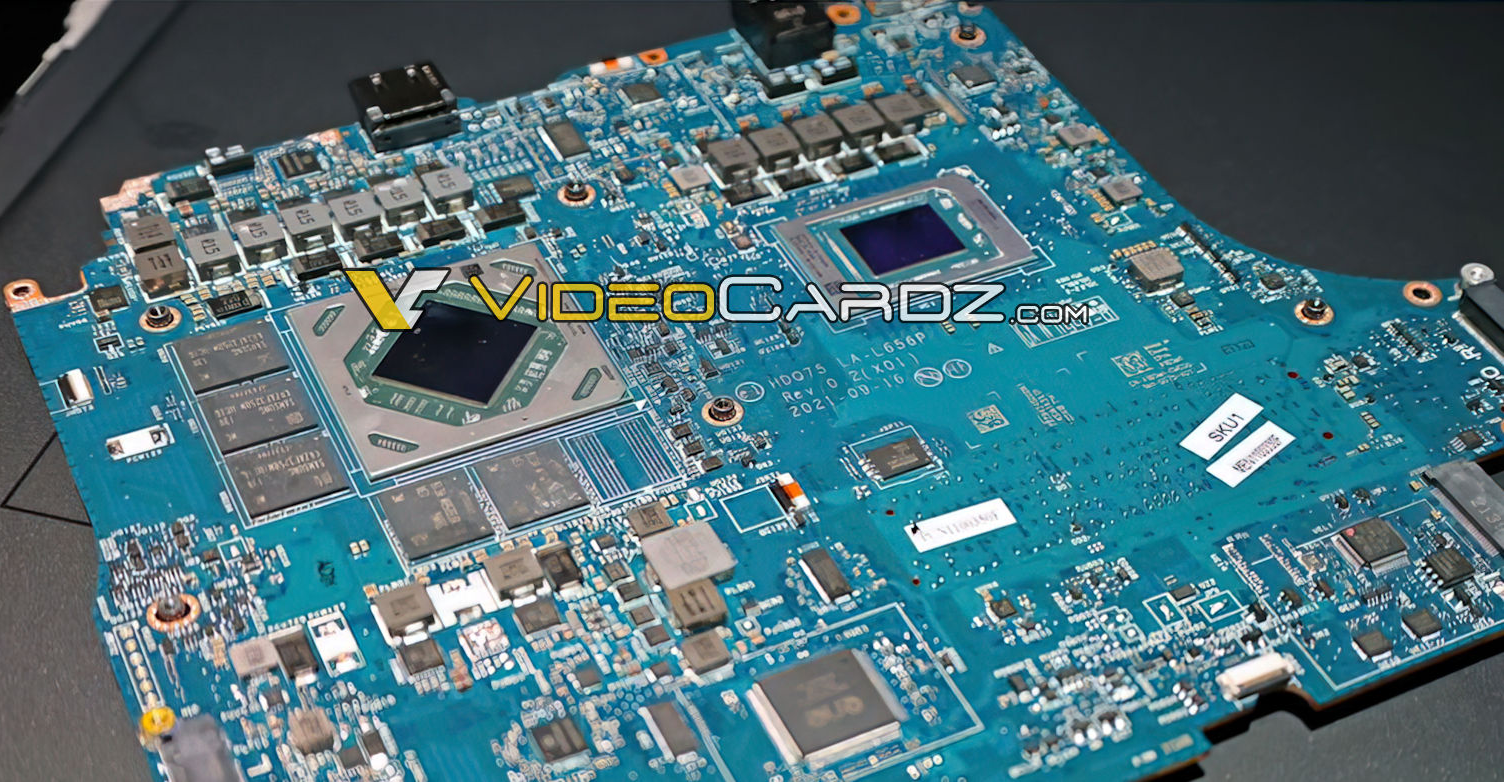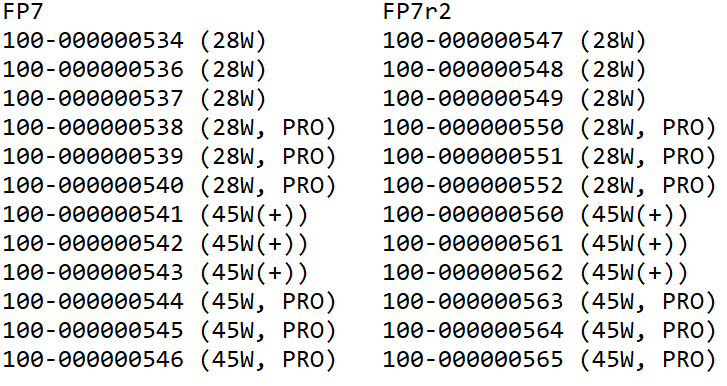AMD's Zen 3 Rembrandt APU Pictured, Specs Allegedly Exposed
AMD's biggest APU in years
A few days are left before AMD reportedly unveils its codenamed Rembrandt accelerated processing unit (APU) for notebooks, but many details about the chip have already leaked. The first pictures of AMD's Rembrandt indicate that it will be one of AMD's biggest APUs in recent years due to its performance-oriented design. Also, the family could include as many as 24 models, such as standard 28W parts, Pro parts, and 45W SKUs for high-performance laptops.
The new Ryzen 6000-series 'Rembrandt' APU may pack up to eight Zen 3 cores coupled with 16MB of L3 cache. On the graphics end, the RDNA2-based GPU reportedly wields 768 stream processors/12 compute engines (or six workgroup processors, or WGPs, as some sources put it). In addition, Rembrandt could also arrive with new media/video and display engines and four 32-bit DDR5/LPDDR5 memory interfaces. Essentially, with Rembrandt, AMD rather radically enhances the performance of its APUs, both employing architectural improvements and increasing the number of execution units.
Rembrandt's other improvements include two USB 4 ports (40 Gbps, 128b/132b encoding, DisplayPort 1.4a), 20 PCIe 4.0 lanes (8+4+4+4), an audio co-processor, and two 10GbE MACs, according to a block diagram published by ExecutableFix. However, the hardware leaker admitted that it is not complete, so expect more details to come.
The large Zen 3 cores, the larger GPU, and improvements to interfaces made the Rembrandt a rather large chip, although TSMC's N6 node enabled AMD to optimize its die size a bit. At around 206 mm2 ~ 208 mm2 (according to Andreas Schilling and Patrick Schur), the Rembrandt is by far the largest APU among AMD's 7nm APUs (the Renoir is 156 mm2 and the Cezanne is 180 mm2). VideoCardz today published a picture of AMD's Rembrandt development board, and the APU indeed looks big.
Rembrandt will support both DDR5 and LPDDR5 types of memory that have many differences on logical and electrical levels. DDR5-supporting models will come in an FP7 package, and LPDDR5-supporting SKUs will use an FP7r2 form-factor. Both will have the exact dimensions as AMD's current FP6 package — 25×35 mm. Since there are two types of packages, there will be two sets of SKUs supporting different types of memory, but presumably having similar general specifications.
One of the biggest intrigues about AMD's Ryzen 6000-series 'Rembrandt' family of APUs is its availability timeframe. Rumors claim that AMD may formally introduce the new APUs next week at CES, but it is entirely unclear when actual PCs based on the new processors will be available.
All the information here comes from unofficial sources, so it should be considered preliminary (and probably containing some inaccuracies) and taken with a grain of salt. Logically, AMD will not comment on a product that it reportedly plans to reveal next week.
Get Tom's Hardware's best news and in-depth reviews, straight to your inbox.

Anton Shilov is a contributing writer at Tom’s Hardware. Over the past couple of decades, he has covered everything from CPUs and GPUs to supercomputers and from modern process technologies and latest fab tools to high-tech industry trends.
-
Alvar "Miles" Udell The DDR5 part is possibly the least believable thing about it considering AMD won't be adopting it into any other processing lines until Zen 4, though it is possible AMD will use Rembrandt as a sort of beta test so it will go much more smoothly than it did for them with DDR4.Reply
The only thing I don't think is right is the lack of onboard VRAM. AMD may be banking on DDR5's bandwidth and 4 memory channels to feed the GPU, as system RAM has always been a big hinderance to APU performance, especially in the budget space, but with Intel putting HBM into their Sapphire Rapids server chips, integrating HBM2 in these APUs would at least give AMD some experience, and should reduce final costs as DDR5 will be expensive, at least through the end of this year due to the chip shortage, especially for 4 modules. -
InvalidError Reply
The Ryzen 5700G's APU's memory performance scaling flattens out at 3200-16, which is practically baseline DDR4 at this point so I wouldn't consider memory as a major bottleneck for current IGPs. The biggest problem with IGPs is how much silicon and related costs you want to throw at it when the bulk of your customers either 1) don't necessarily need more IGP performance or 2) will use discrete graphics anyway. For both of those scenarios, it makes sense to scale the IGP only as far as spare bandwidth using contemporary memory will allow and not bother with the added cost overheads of on-package memory.Alvar Miles Udell said:The only thing I don't think is right is the lack of onboard VRAM. AMD may be banking on DDR5's bandwidth and 4 memory channels to feed the GPU, as system RAM has always been a big hinderance to APU performance, especially in the budget space
AMD putting any sort of on-package memory would likely require a couple of additional voltage rails to be accounted for on the socket pinout to avoid needing an on-package memory VRM when space is already awfully tight.
The main problem with DDR5 availability and street prices right now is support components supply. The leaked Rembrandt parts are BGAs, which means they will only be available through OEMs who aren't going to pay grossly inflated street prices for DDR5 (SO-)DIMMs. OEMs can also just buy the DDR5 chips, solder them directly to the motherboard and borrow a phase or two from the CPU's VRM to power DDR5 instead of sourcing elusive DDR5-specific VRM components like they are already doing with DDR4.


